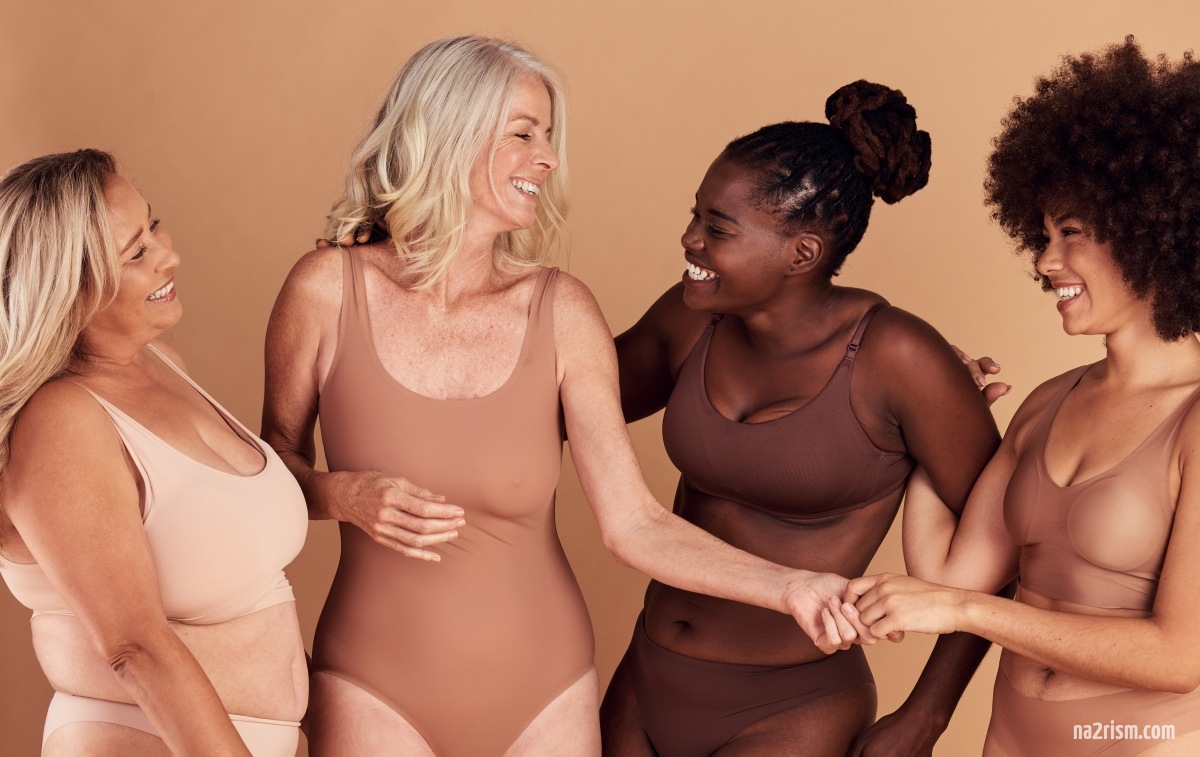Body positivity is a social movement that promotes acceptance and appreciation of all body types, regardless of shape, size, or appearance. The movement seeks to challenge cultural norms and stereotypes about beauty and to promote self-love and acceptance. In this article, we will explore the origins and goals of the body positivity movement, as well as some of the criticisms and controversies surrounding it.
Origins of the Body Positivity Movement
The body positivity movement emerged in the 1960s and 1970s, alongside the feminist and civil rights movements. It sought to challenge the narrow and restrictive beauty standards of the time, which idealized thinness and Eurocentric features. Early pioneers of the movement included activists like Gloria Steinem, Naomi Wolf, and Susie Orbach, who wrote influential books on the topic.
In recent years, the body positivity movement has gained renewed attention and momentum, thanks in part to social media. The movement has been championed by celebrities, influencers, and everyday people who share their stories and experiences online, often using hashtags like #bodypositivity and #effyourbeautystandards.
Goals of the Body Positivity Movement
The body positivity movement has a number of goals, including:
1. Challenging narrow beauty standards: The movement seeks to challenge cultural norms and stereotypes about beauty and to promote acceptance of all body types, regardless of shape, size, or appearance.
2. Promoting self-love and acceptance: The movement encourages people to love and accept their bodies as they are, rather than trying to conform to unrealistic or unhealthy beauty standards.
3. Combating discrimination and prejudice: The movement seeks to combat discrimination and prejudice based on body size, shape, or appearance, and to promote greater tolerance and acceptance of diversity.
4. Improving health and wellness: The movement recognizes that health and wellness are important, but rejects the idea that only certain body types can be healthy or that health is the only measure of self-worth.
Controversies and Criticisms of the Body Positivity Movement
While the body positivity movement has many supporters, it has also faced criticism and controversy. Some of the main criticisms include:
1. Promoting unhealthy lifestyles: Critics argue that the movement promotes unhealthy lifestyles, by encouraging people to accept their bodies as they are, rather than promoting weight loss or healthy eating.
2. Ignoring health concerns: Critics also argue that the movement ignores legitimate health concerns related to obesity or other medical conditions, and that it can be dangerous to promote acceptance of unhealthy behaviors.
3. Failing to address social and economic factors: Critics argue that the body positivity movement fails to address the social and economic factors that contribute to body shaming and discrimination, and that it places too much emphasis on individual responsibility.
4. Being exclusive or elitist: Some critics argue that the body positivity movement is exclusive or elitist, and that it only promotes acceptance of certain body types, while ignoring others.
The body positivity movement is a social movement that promotes acceptance and appreciation of all body types, regardless of shape, size, or appearance. The movement seeks to challenge narrow beauty standards, promote self-love and acceptance, combat discrimination and prejudice, and improve health and wellness.
While the body positivity movement has many supporters, it has also faced criticism and controversy. Critics argue that the movement promotes unhealthy lifestyles, ignores legitimate health concerns, fails to address social and economic factors, and can be exclusive or elitist. Despite these criticisms, the body positivity movement continues to be an important force for promoting body acceptance and diversity, and for challenging harmful stereotypes and cultural norms about beauty.


Είμαι γυμνιστης πολλά χρόνια, μελος του INF-FNI, απο το έτος 2016.Εχω επισκευθει πολλές παραλιες γυμνιστων στην Ελλάδα (χώρα μου). Επίσης στο εξωτερικό. Γιουγκοσλαβια το 1981 1982 και στην Κύπρο. Εδω στην Ελλαδα ο γυμνισμος αντιμετωπιζεται με καχυποψία. Σε ορισμένες περιπτώσεις οι τοπικές κοινωνίες του υφάσματος και της αλαξιερας στις παραλιες αντιμετωπίζουν τους γυμνιστες με την βία. Περίπτωση παραλια Χρουσός Μεσοτοπου Δυτικης Λεσβου. Πάρα τις διαψεύσεις συλλόγου πρόσφατα. Στο Σαρακινηκο Γαύδου εχομε τα ίδια. Δυστυχως. Προσπάθεια ίδρυσης συλλόγου γυμνιστων στην Αθήνα απέτυχε. Υπαρχουν στην χωρα δέκα χιλιάδες γυμνιστες σύμφωνα με στατιστικά στοιχεία καθώς και πολλοί μεμονωμένοι περιστασιακά. Ελπίζω να ευρουν κάποιοι την θέληση και τον τρόπο για την διαδωση του γυμνισμου στην Ελλάδα. Γιαννάκης Γλυκας